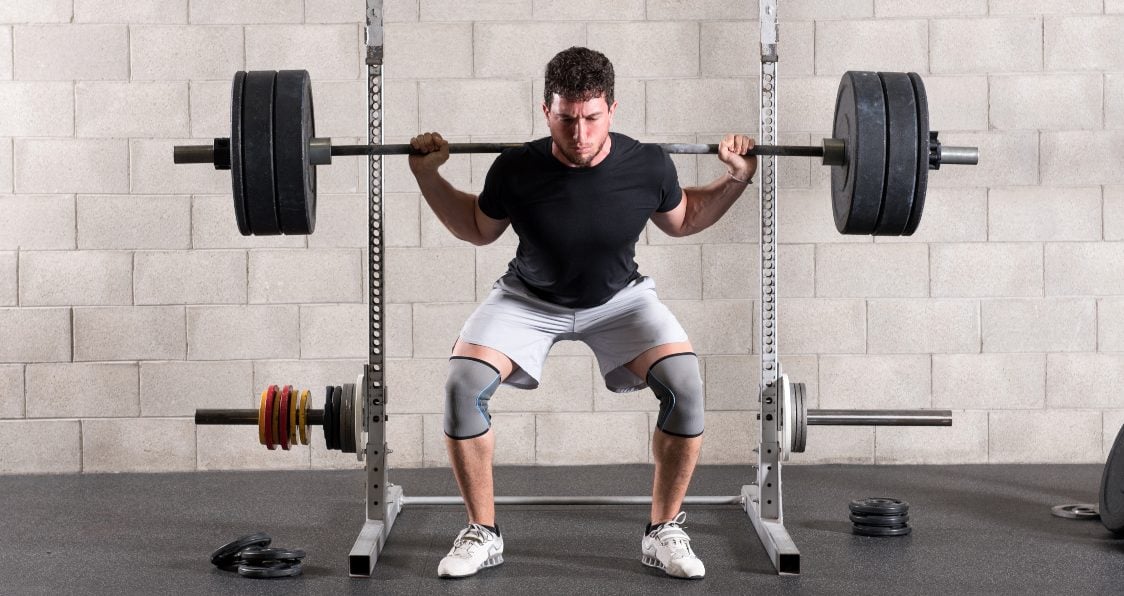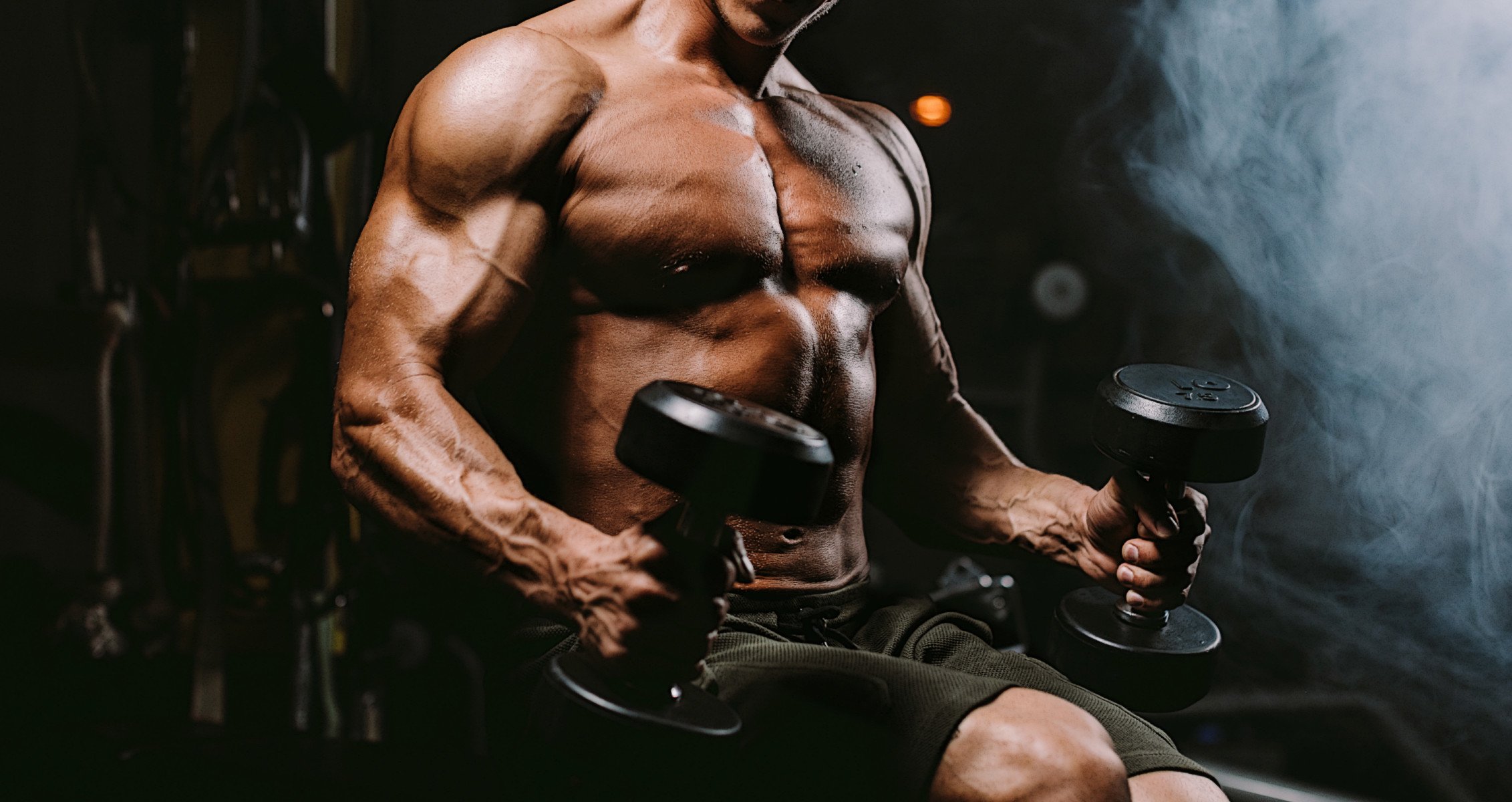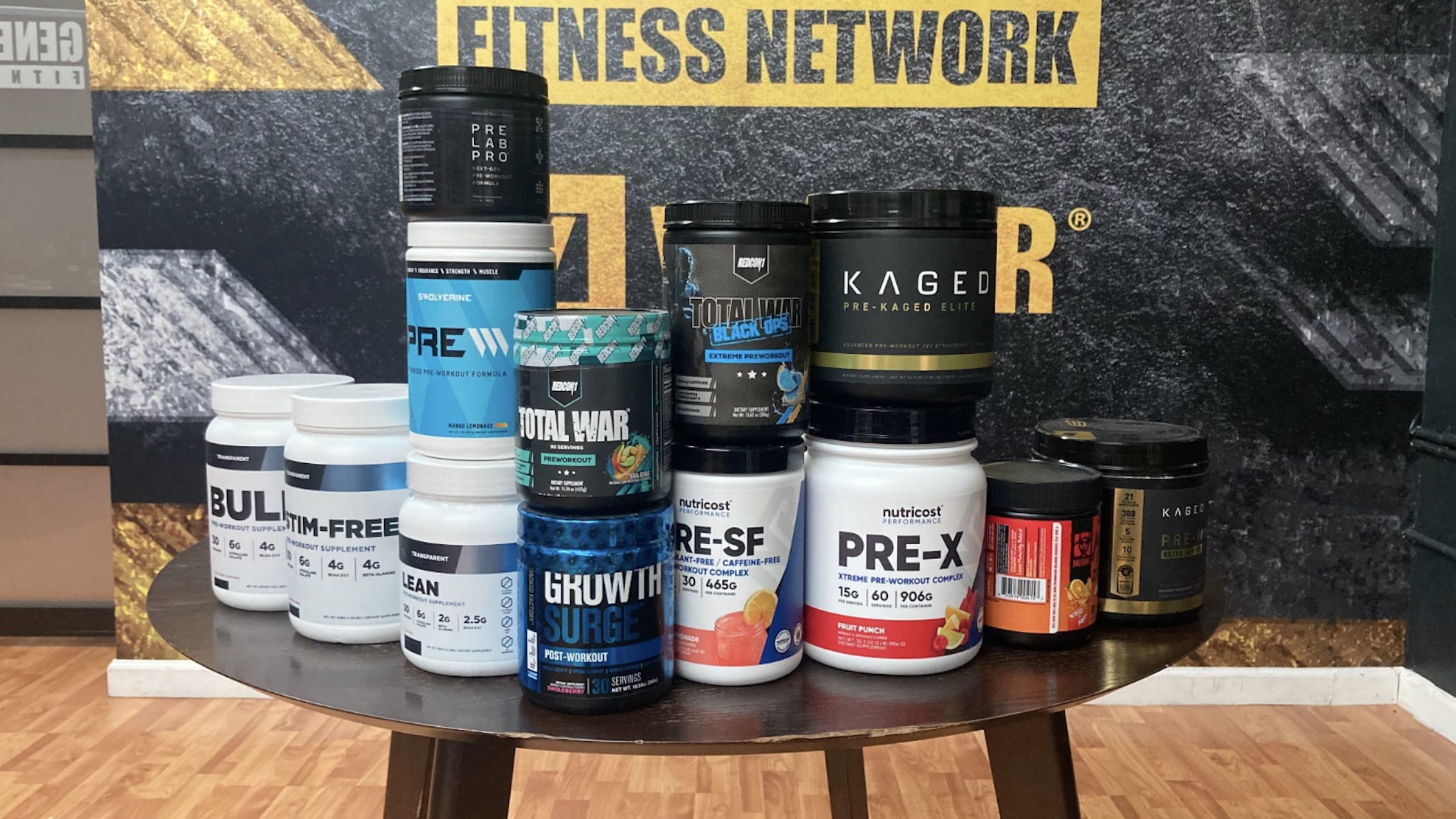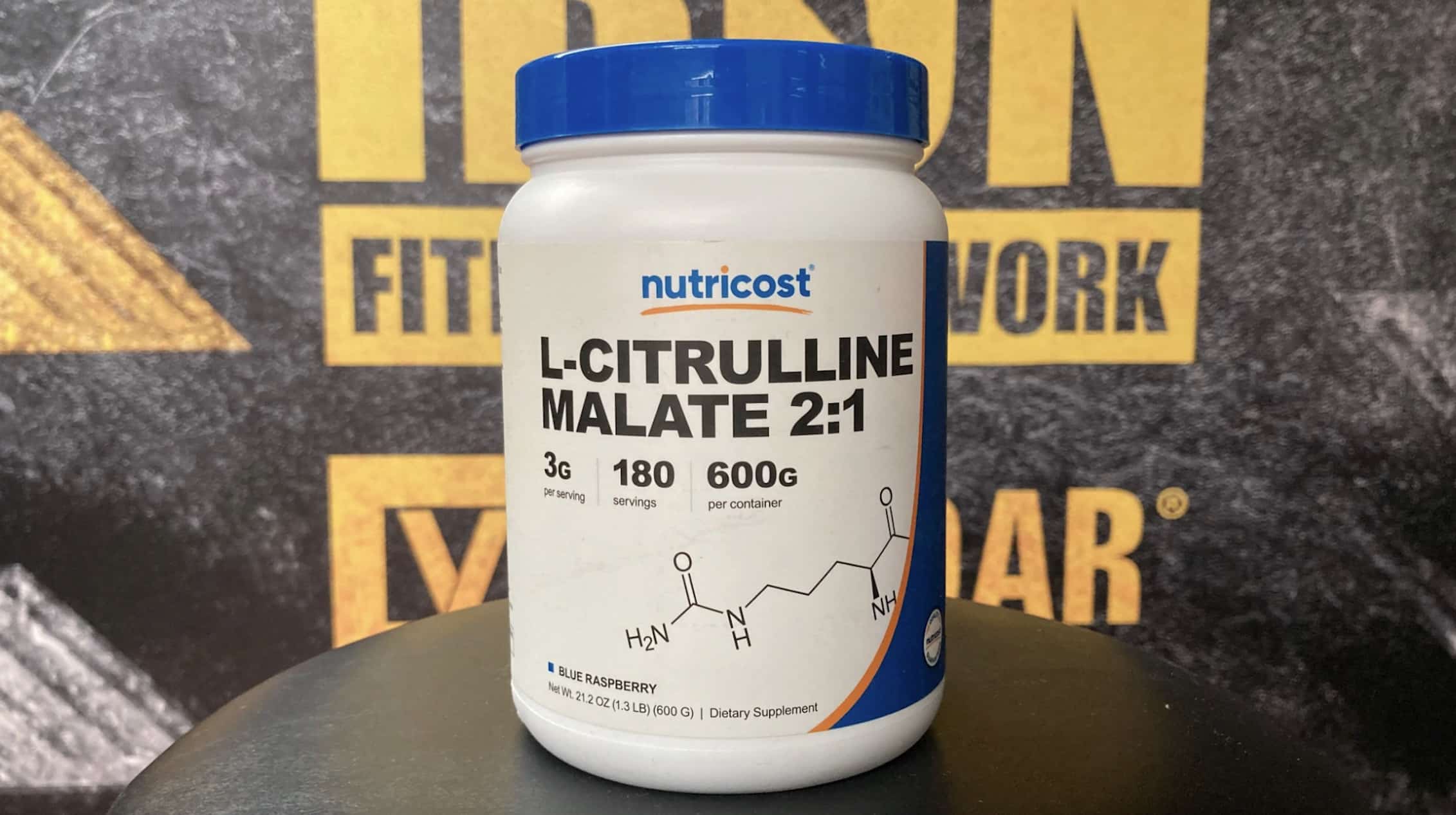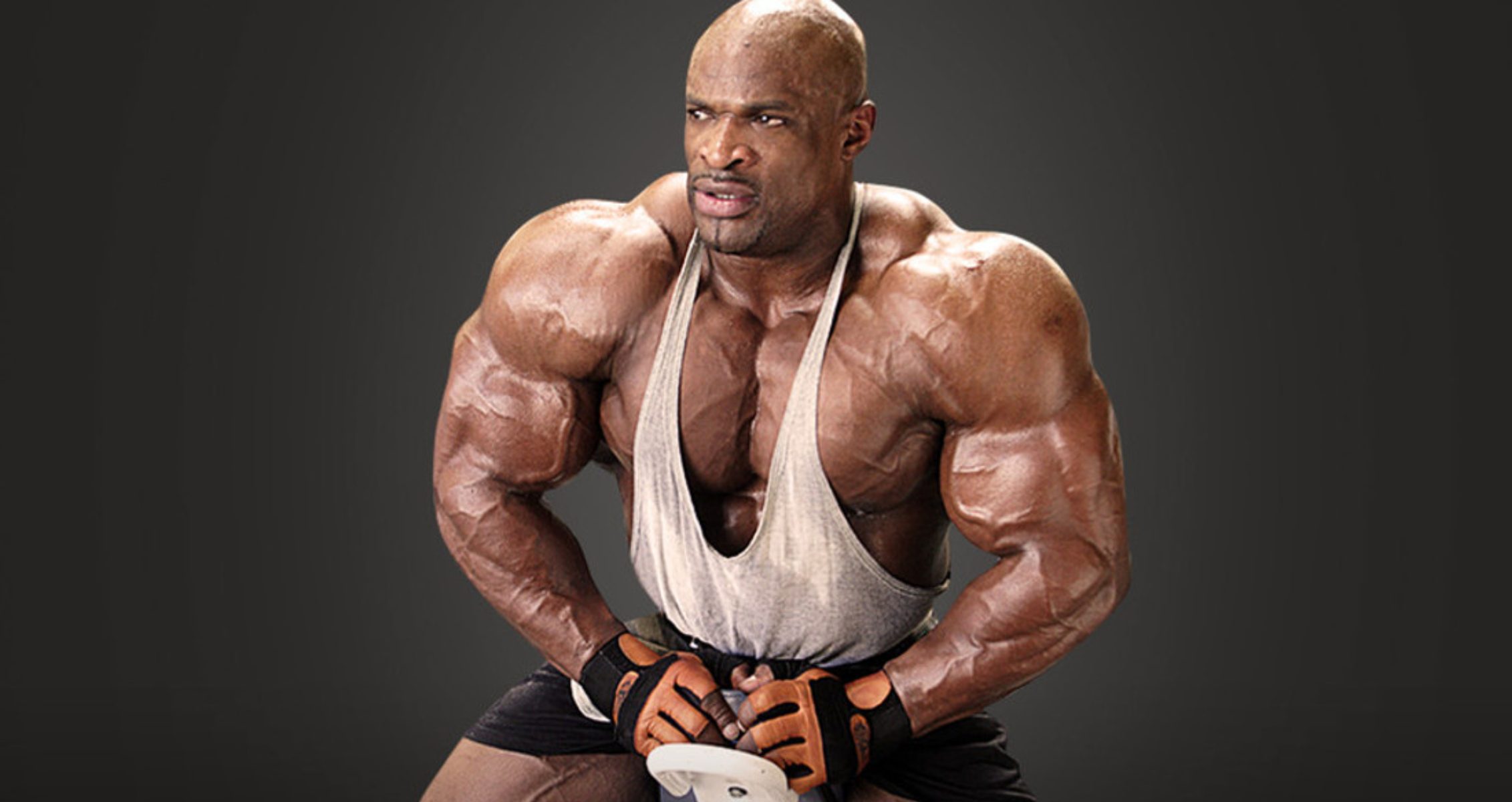Lower back pain can be unpleasant but these tips can help alleviate that unwanted soreness after squats.
The squat is a monster lift. We can all agree on that. For those who take the squat seriously, you know how hard it can be to really get that weight up. The amount of stress it takes on our legs and back can be immense and that unwanted pain we feel after a lift can simply be unpleasant and disrupt many of our other daily activities.
What the squat does is it allows us to burn a significant amount of calories with a compound exercise that also works to maximize hypertrophy. Often referred to as a king among other exercises, the squat is something you need in your routine.
To understand just how squats work to alleviate lower back pain, we need to look at a number of factors. Considering our low back works to support and stabilize our lifts to keep us grounded, this is important as we want our balance to be spot on when under so much weight. For some of us, training through a sore low back is doable but the question of how smart it is nags in the back of our minds. Why push ourselves so hard if it will only enhance that uncomfortable amount of pain.
Let’s take a look at this topic further, for it is vital for any lifter. Squats will enhance growth and aid in stability for other lifts, on top of making you look like a giant in the gym. Don’t let lower back pain keep you from doing what you love. How to alleviate low back pain after squats is something you need to know and its something we’ll tell you.
Causes Of Low Back Pain After Squats
The causes of low back pain after squats may be one thing, but more than likely it is a cumulation of many that are piling up and leading to this unwanted soreness. Let’s look at some potential causes below.
Weak core: Our cores are vital for providing important support and stabilization for a number of exercises, but more so with heavy lifts like the squat. If our core muscles are too weak, they won’t be able to support the spine and pelvis thus forcing compensation onto our lower back muscles.
Depth of squat: You want to make sure you are squatting at the right depth and not forcing yourself to go too low in the squat. Squatting too low can put stress on your back which can lead to this unwanted soreness and pain.
Improper weight distribution: This is important and often times overlooked. Our feet t should be flat and grounded, not elevated to where the toes or balls of our feet are taking the load. If this is the case, too much pressure can be placed on the knees and the squat is harder to perform anyway. As a result, you will rely on your low back muscles to take too much load to support.
Too much rounding: A common problem for many of us is rounding our backs just a bit too much. This is dangerous because of the compression it causes on our spines. Especially with a weak core, there’s nothing to support your body if you are rounding only amplifying the negative effects of an arched back.
Ways To Alleviate Lower Back Pain
When looking at ways to avoid lower back pain, we can start with fixing some issues previously mentioned and then some extra tips to really give you confidence when under such big weight.
Strengthen That Core
By putting an emphasis on abs and core training at some point in your training cycle you will allow yourself to build muscle and really enhance a stronger, more stable core. Whether this be an ab exercise in each set of your existing routine, or taking the time to perform a core circuit at the end of each workout, boosting your core strength will prove to be great for a number of reasons, but especially in supporting your squats (1).
Correct & Fix Form
This tip is important for any exercise you do, but for something like the squat, bench press, and deadlift, even more so. These lifts are massive and require you to put immense stress on your body as you look to lift that weight off the ground. Perfecting form is vital and should not be overlooked, even down to the smallest detail. One small tweak can cause more pain than you would like and it is important to really work on proper form and technique. This will also fix the issue of rounding and arching your back (2).
Loosen Up Those Hips & Love Mobility
When our hips become too tight, it can cause real problems for us, not only in terms of movement and maximizing the performance of the exercise, but also for that pain we feel after squats. When our muscles get too tight, it forces our body to look elsewhere for help, and with squats, that typically means our low back. If we don’t work on hip mobility and strength, these muscles can become weak and really hurt the gains we seek the most (3).
Take A Few Days & Rest
As athletes, this may be the last thing we want to hear, but its true. If we’ve pushed ourselves to the limit sometimes our bodies tell us they need a break. Take a few days and rehab the painful or sore spot and put together a plan of attack to fix the problem so it doesn’t happen again. You’ll be glad you took the time now as opposed to when things get worse.
Wrap Up
Pain after squatting is a real thing, especially in our low backs. Knowing the causes and looking at ways to alleviate them are incredibly important for building support and working on bettering ourselves. We all know we need squats so why not set ourselves up for success without unwanted pain and strain. That PR is just around the corner with a healthy, stable body.
Let us know what you think in the comments below. Also, be sure to follow Generation Iron on Facebook, Twitter, and Instagram.
*Images courtesy of Envato
References
- Hibbs, Angela E.; Thompson, Kevin G.; French, Duncan; Wrigley, Allan; Spears, Iain (2008). “Optimizing performance by improving core stability and core strength”. (source)
- Comfort, Paul; Kasim, Peter (2007). “Optimizing Squat Technique”. (source)
- Hrysomallis, Con (2009). “Hip Adductors’ Strength, Flexibility, and Injury Risk”. (source)

